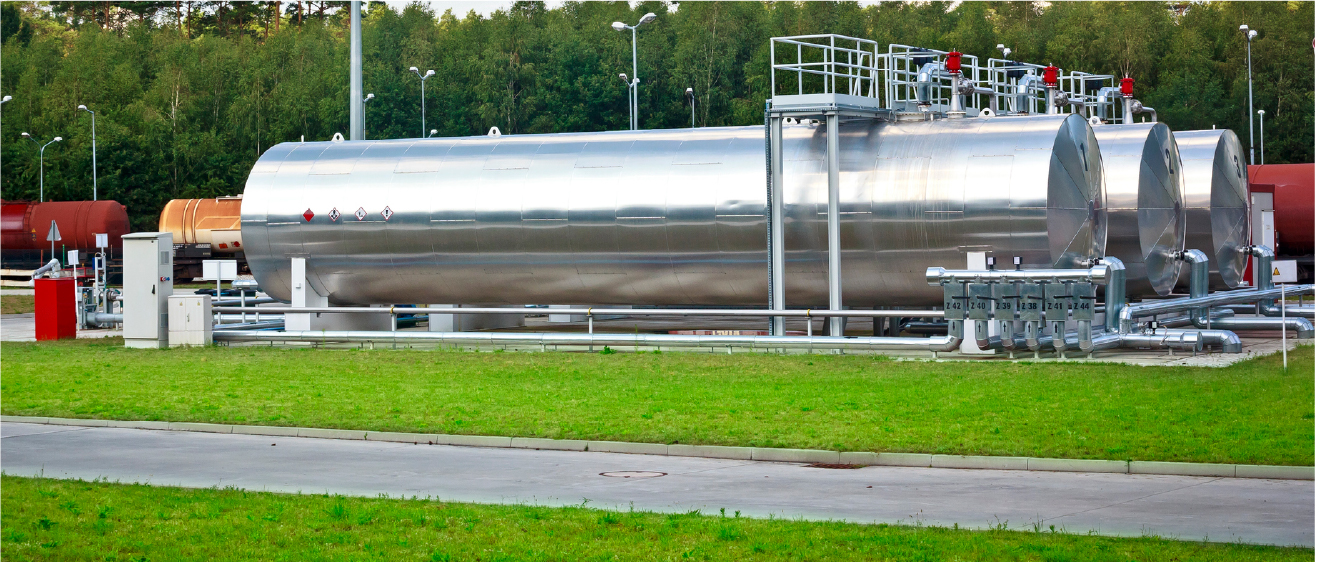
We have expertise in wide range of tank linings, enabling us to deliver products ready for the demands of almost any use or industry.
Unless otherwise specified, all vessel exteriors are cleaned of loose mill scale then painted with one coat of Wendland standard shop primer. Sandblasting and most industrial and military specification exterior coatings are also available.
For many years galvanizing has been popular for protecting steel water tanks. The zinc coating has a dual purpose. First, it protects the steel from corrosion. Second, since it is more electrochemically active than steel, it protects the steel vessel even when moderate sized areas of bare metal have been exposed.
Tanks to be hot dip galvanized are thoroughly cleaned; first by dipping in a caustic bath which removes grease, oil and dirt, then by being dipped in a 12% solution of sulfuric acid which removes rust and mill scale. The vessel is then rinsed and submerged in a liquid flux pre-dip. Finally, the vessel is immersed into the molten zinc at approximately 850° Fahrenheit to produce the finished product which meets ASTM specifcations.
Cementline is another time-tesetd lining for protection against corrosion in steel hot hot water tanks. Wendland’s cement lining is hydro-plastic cement specially formatted for withstanding corrosive hot water at temperatures of up to 212° F.
Prior to installation, the interior of the vessel is throroughly cleaned of rust, mill scale and grease, Then the interior is covered with a heavy-duty metal lath, which is secured to the vessel walls at 12″ centers. After that, cement is troweled throughout the vessel to a thickness of 5/8″. This creates a superior and durable lining ideal for use with corrosive hot water.
This tank lining is superior in its resistance to corrosive hot water. It is a multifunctional epoxy phenolic resin reacted with a special aliphatic amine adduct. The polymer structure is odorless, tasteless, non-toxic and has excellent resistance to thermal shock. This durable lining conforms to Title 21 CFR 175.300 US Food & Drug Administration and the USDA requirements for coatings in contact with food and drinking water.
Prior to sandblasting, all interior welds are ground smooth to eliminate sharp edges and high spots. The vessel interior is then sandblasted to near-white metal per SSPC-SP-10 and lined with two separate coats of epoxy to produce 8–16 mils total dry film thickness. “Epoxoline” has service capabilites for potable water up to 180° F. dry and wet temperatures. This lining will not crack or break during proper installation. For chemical applications, we suggest that you contact the factory for specific data and compatibility.